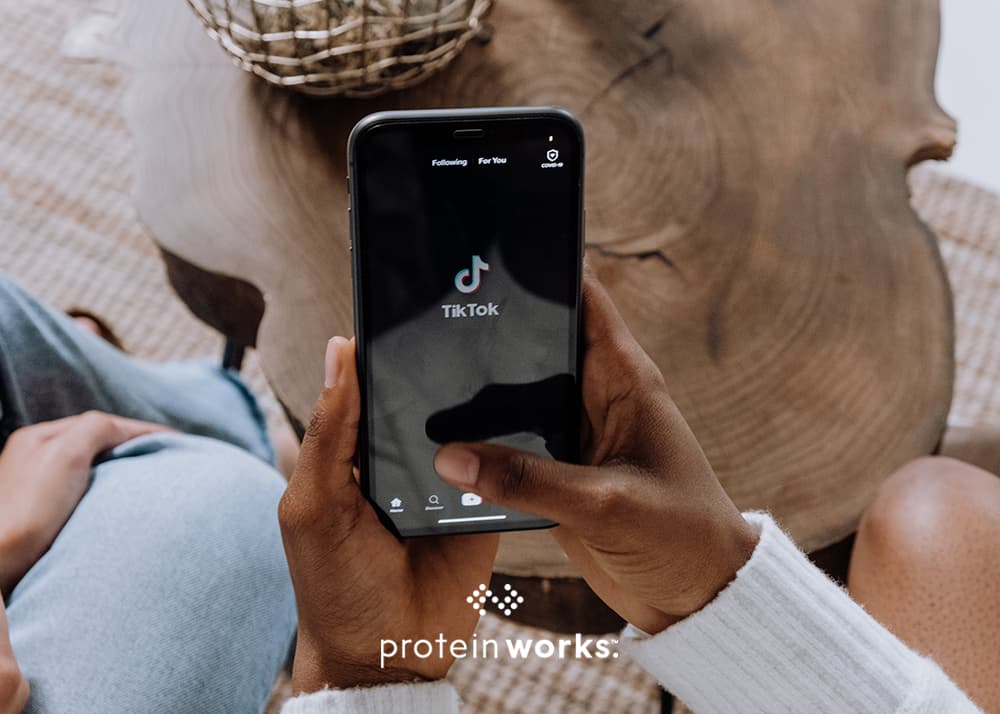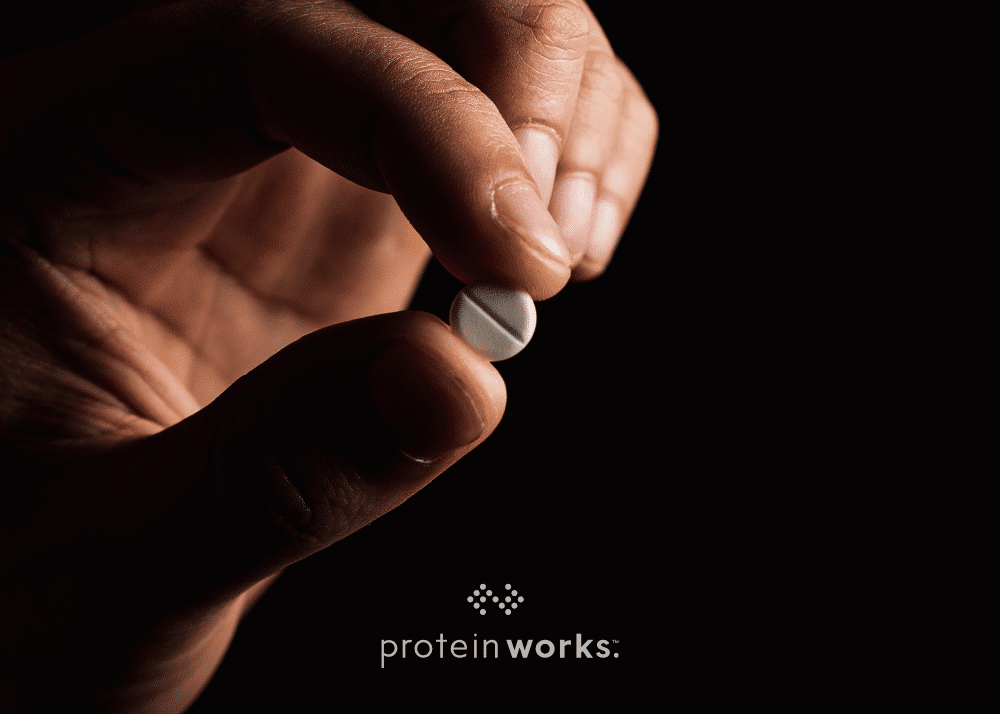
An Overview Of Popular Weight Loss Diets – Which Is Best?
Humour me for a moment, won’t you?
Close your eyes, and imagine you’ve spent nearly an entire year without the essentials for an appropriate workout. Your gyms have opened and closed. Home gym equipment prices have soared beyond what’s comprehensible. Even going out for a walk has become problematic. Sound familiar?
Okay, that’s enough undue pessimism for one…article.
Regardless of your exercise preferences, it’s likely the pandemic has disrupted them in some form, and with wavering exercise habits comes unwelcome accumulation of body fat. This uninvited guest is the harsh reality for many, and with winter upon us, the pandemic’s effect on our ability to exercise may become ever greater.
If you’ve put on a few extra pounds, it’s time to talk about diets.
How many diets are there? 100? 1,000? Probably more.
Every once in a while, certain diets catch waves of popularity. Whether it is Atkin’s, Paleo, or Intermittent Fasting, each of these dietary strategies puts a different spin on weight loss. Each promises the same result, quick and efficient fat loss. But which diet is best? In this article, I overview several popular diets, giving you the information you need to make fat loss seamless.
 The Ketogenic “Keto” Diet
The Ketogenic “Keto” Diet
Ketogenic diets are high fat, low carbohydrate diets aimed at reducing body fat quickly. Though keto diets take many forms, the generally accepted method involves consuming fewer than 50 grams of carbohydrates per day for a given period of time1. Having come to the forefront of dieting culture as a means to treat diabetes, this very low carb consumption initiates a process called ketogenesis. Whereas the body typically uses glucose to fuel several of your body’s systems, when glucose is not available (due to restricting carbs), the body turns to ketones produced by the liver1.
Of course, these processes are quite complex, and that complexity is not the aim of this article. To sum it up, keto diets can be very effective in losing weight. But why?
First, the ketogenic diet clearly restricts carbohydrates to a significant degree, which reduces the amount of glycogen your body holds onto. Frequently referred to as “water weight,” glycogen stores are basically stowed carbohydrates to be used later for energy. Your body stores several pounds of glycogen and thus, restricting carbohydrates depletes this weight quickly.
Second, when carbs are restricted, protein intake inherently increases. Protein sources are more satiating than their carbohydrate or fat-rich counterparts, making them less likely to be over-indulged upon. Not to mention, the energy cost required for your gut to digest protein is much greater than digesting either fats or carbohydrates.
Lastly, there’s a practical reason ketogenic diets work. Typically, a diet requiring minimal carbohydrates is a diet requiring maximal prep time. What’s in your pantry right now? It’s probably full of bread, chips, quick snacks, etc. These convenient snacking options are usually packed with carbohydrates whereas most protein and fat sources need prepared or at least chilled. It simply requires more effort to eat protein and fats consistently, and well, we’re all human after all.
The Ketogenic “Keto” Diet Pros
- Initial weight loss is rapid.
- There’s no need to count calories.
The Ketogenic “Keto” Diet Cons
- Initial weight loss is largely “water weight.”
- Meal preparation is usually a must.
- No clear direction is given for weaning back onto carbohydrates.
- Exercise performance may suffer due to lack of carbs.
 Intermittent Fasting
Intermittent Fasting
Like the name implies, intermittent fasting involves daily or weekly fasting practices for the sake of weight reduction and other health benefits. In this way, intermittent fasting does not dictate what you should eat but rather when you should eat.
The most common practices are the 16/8 and 5:2 methods. In the former, a day’s worth of food is consumed over an 8-hour window. This is easily the most common method due to its simplicity. Second is the 5:2 method, which involves spending two full days fasting and the other five eating normally each week.
It all sounds well and good, eating without precautions during certain times of the day or week, but is it useful?
Numerous pieces of research conclude an emphatic yes. Intermittent fasting has been reported to improve insulin sensitivity2, cause significant weight loss3 and improve heart health4. It should be noted that any successful bout of weight loss is likely to do each of these things, however.
Intermittent Fasting Pros
- Flexibility is high regarding specific food choices.
- There’s no need to count calories.
- It may suit the lifestyle of certain people.
Intermittent Fasting Cons
- Sustainability is typically low for most people.
- It may lead to binge eating.
- Healthy eating habits don’t necessarily occur.
 The Atkins Diet
The Atkins Diet
The Atkins diet is a low-carbohydrate diet that’s been around since 19725. Much like the ketogenic diet, the Atkins tends to produce rapid weight loss in the initial phase due to glycogen depletion and increased satiety from protein and fat sources.
The diet involves four main phases:
- Induction: Consume fewer than 20 grams of carbohydrates each day for two weeks.
- Balancing: Add low-carb veggies, some fruits and nuts back into the diet.
- Fine-tuning: Upon nearing your target weight, add more carbohydrates back into the diet until weight loss slows down.
- Maintenance: Eat as many healthy carbs as desired provided weight does not increase significantly.
In this way, the Atkins diet may be more sustainable for some compared to a strict ketogenic diet. It should be noted the Atkins diet does not dictate any specific eating choices. Rather, it identifies various options that fit aforementioned categories such as “low-carb veggies” or “healthy fats.”
The Atkins Diet Pros
- Initial weight loss is rapid.
- There is clear direction for weaning back onto ordinary, healthy eating.
- There’s no need to count calories.
The Atkins Diet Cons
- Initial weight loss is largely “water weight.”
- Meal preparation is usually a must.
- 20g of carbohydrates per day is extremely low for most people.
- Exercise performance may suffer due to lack of carbs.
 Closing Remarks
Closing Remarks
The 10,000 foot view for each of these diets involves calories in vs. calories out. Though none of these diets require calorie counting, it is very well established in literature that consuming fewer calories than you burn each day is the holy grail of fat loss. Many folks don’t enjoy counting each and every calorie they eat, and that’s just fine. Instead, these diets employ certain confines making calorie tracking unnecessary. When choosing how you diet, just remember that ultimately, the best diet is the one you’ll stick to, learn from, and in so doing, see the fruits of your labor.
References
- Paoli A. Ketogenic Diet for Obesity: Friend or Foe?International Journal of Environmental Research and Public Health. 2014;11(2):2092-2107.
- Barnosky AR, Hoddy KK, Unterman TG, Varady KA. Intermittent fasting vs daily calorie restriction for type 2 diabetes prevention: a review of human findings.Translational Research. 2014;164(4):302-311.
- Johnstone A. Fasting for weight loss: an effective strategy or latest dieting trend?International Journal of Obesity. 2014;39(5):727-733.
- Varady KA, Bhutani S, Church EC, Klempel MC. Short-term modified alternate-day fasting: a novel dietary strategy for weight loss and cardioprotection in obese adults.The American Journal of Clinical Nutrition. 2009;90(5):1138-1143.


 The Ketogenic “Keto” Diet
The Ketogenic “Keto” Diet Intermittent Fasting
Intermittent Fasting The Atkins Diet
The Atkins Diet Closing Remarks
Closing Remarks



No Comments yet!